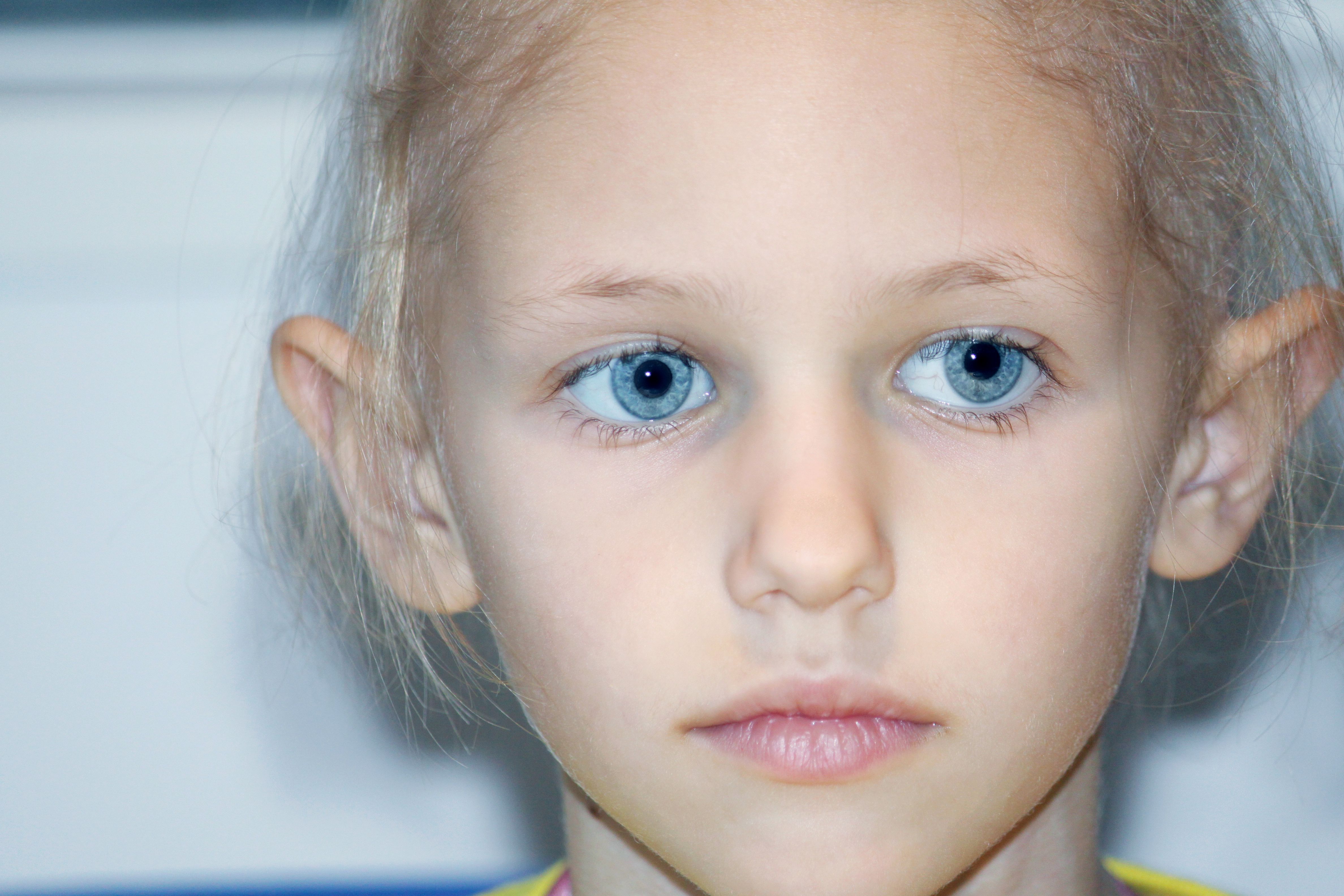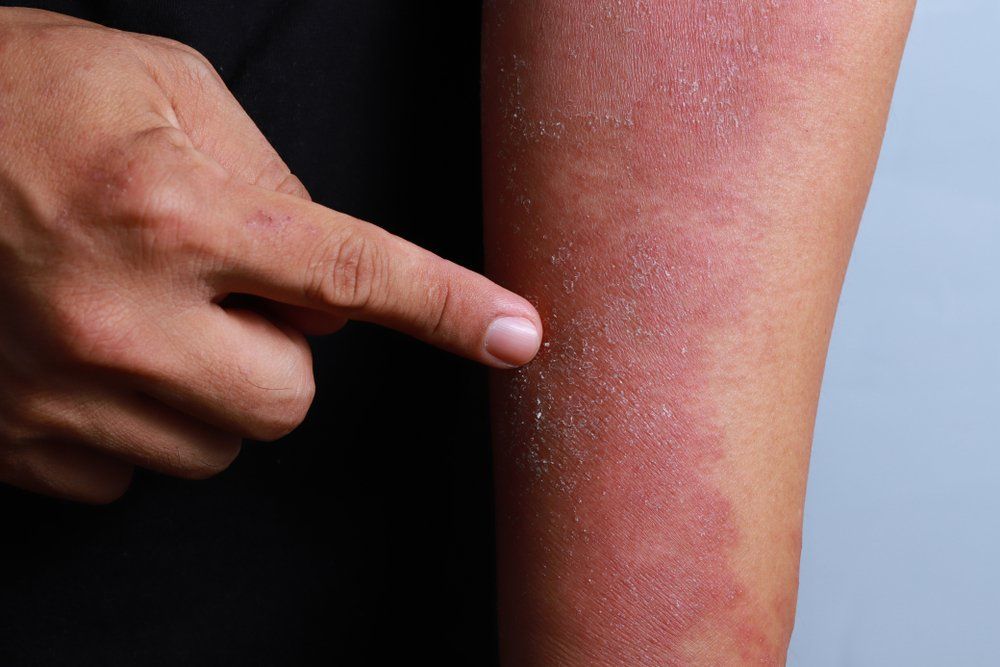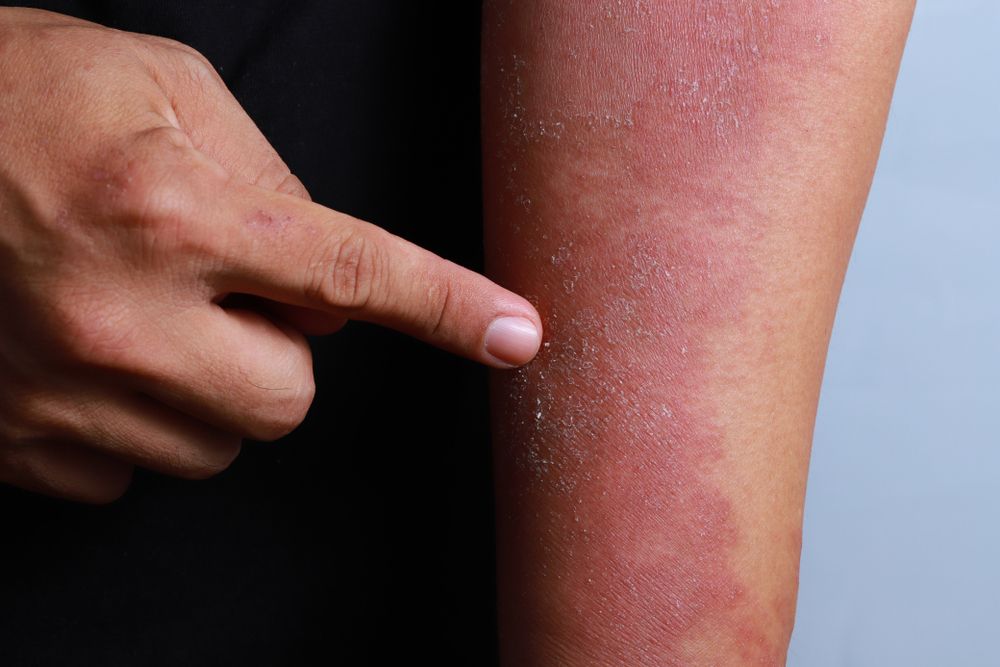- Case-Based Roundtable
- General Dermatology
- Eczema
- Chronic Hand Eczema
- Alopecia
- Aesthetics
- Vitiligo
- COVID-19
- Actinic Keratosis
- Precision Medicine and Biologics
- Rare Disease
- Wound Care
- Rosacea
- Psoriasis
- Psoriatic Arthritis
- Atopic Dermatitis
- Melasma
- NP and PA
- Skin Cancer
- Hidradenitis Suppurativa
- Drug Watch
- Pigmentary Disorders
- Acne
- Pediatric Dermatology
- Practice Management
- Prurigo Nodularis
- Buy-and-Bill
Article
Dupilumab leads to hair regrowth in atopic dermatitis patient
Author(s):
A 13-year-old girl presented with a history of atopic dermatitis and alopecia totalis. Nine months after starting dupilumab, the patient regrew hair on 60 percent of her scalp.
Case study: A 13-year-old girl presented with a history of atopic dermatitis and alopecia totalis. (©AdobeStock_30957986_Frantab)

A 13-year-old girl presented with a history of extensive, treatment-resistant atopic dermatitis since the age of seven months and persistent alopecia totalis (AT) from age two.
Nine months after starting dupilumab treatment, the patient had grown pigmented, terminal hairs on roughly 60 percent of her scalp. The case study was published November 1 in JAMA Dermatology.
“This is an example of a young woman who, since the age of two, had not one hair on her head,” says principal investigator Maryanne Makredes Senna, M.D., of Massachusetts General Hospital, Boston. “Additionally, we tried treating her alopecia areata with a number of different modalities, including prednisone, methotrexate and even full-body narrowband ultraviolet B phototherapy. These modalities have been reported in the past to help alopecia areata, but in our case they did not lead to any hair regrowth. However, the patient’s atopic dermatitis did improve some with these treatments.”
The patient was prescribed dupilumab for eczema. “To our shock and surprise, after six weeks of therapy, the patient started to develop small vellus hairs, and by nine months had thick terminal hairs that had never grown on her head since age two,” Dr. Senna said. “This was a completely unexpected response to dupilumab.”
The drug was discontinued for an eight-week period due to conflicts with insurance coverage and during that time, the patient observed hair shedding.
“Alopecia areata is commonly associated with atopic dermatitis, which is likely explained by the common pathways that are activated in both diseases. For example, IL-13 and T-helper 17 cells have been shown to be significantly upregulated in both atopic dermatitis and alopecia areata lesions compared to nonlesional skin,” Dr. Senna said.
Dr. Senna suspects that in these patients specifically, the regulation of the Th2 pathway combined with dupilumab’s effect on that pathway encouraged hair regrowth.
“It is hard to know if hair regrowth will occur with dupilumab in all patients with alopecia areata,” Dr. Senna said. “My hunch is that patients with atopic dermatitis and alopecia areata would probably be more likely to have this type of response.”
Dr. Senna, who serves as the principal investigator for the Hair Academic Innovative Research Unit (a clinical trials unit dedicated to the study of hair loss disorders at Massachusetts General Hospital), said the case study is the only one she is aware of that demonstrates hair regrowth in a patient with long-standing complete scalp loss taking dupilumab for atopic dermatitis.
The major limitation of the case study is that it is a report of a single patient. “We would obviously like to be able to replicate this finding in a larger group of patients. But the major strength of the case study is that our patient had no hair at all since age two. After 11 years, to have 60 percent scalp hair regrow is a remarkable result, even for medications known to regrow hair,” she said.
Dr. Senna and her associates are in the process of submitting a study proposal to the maker of dupilumab (Regeneron Pharmaceuticals) that would include a larger group of patients to assess the effect of dupilumab on hair regrowth. “My hope is that we will be able to further investigate this question to see if the medication can be a helpful therapeutic option for long-standing and extensive alopecia areata,” Dr. Senna said.
The investigators would likely first evaluate dupilumab’s effect on hair regrowth in patients with eczema. “Ideally, we would look at the parameters in this patient population that led to regrowth or perhaps did not lead to regrowth. Then, depending on those findings, extend the study to patients without atopic dermatitis,” she said.
Hair loss patients with environmental or food allergies or asthma, minus atopic dermatitis, might also benefit from the treatment. “But to make any strong conclusions about the link between hair loss and dupilumab requires further study,” she said.
REFERENCE
Penzi LR, Yasuda M, Manatis-Lornell A, et al. “Hair Regrowth in a Patient with Long-standing Alopecia and Atopic Dermatitis Treated with Dupilumab,” JAMA Dermatology, 2018 Nov 1;154(11):1358-1360. DOI:10.1001/jamadermatol.2018.2976






